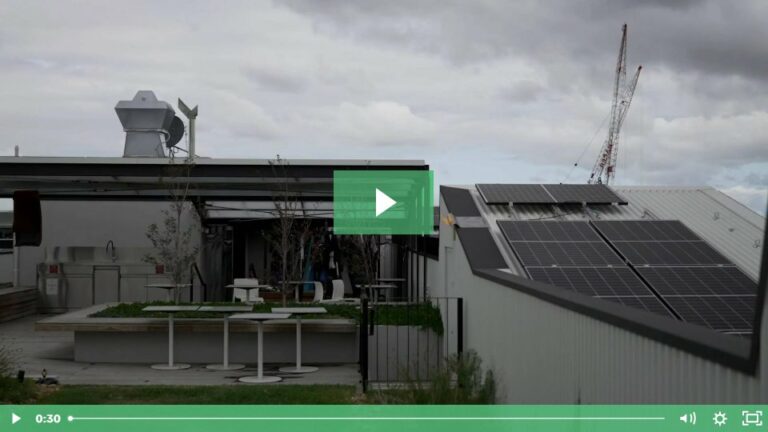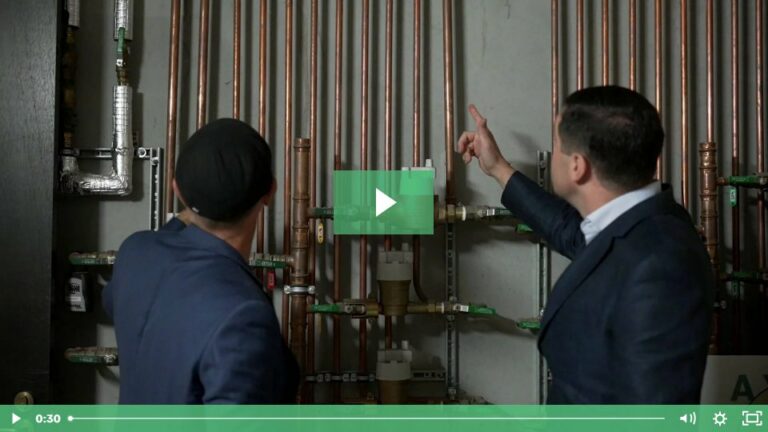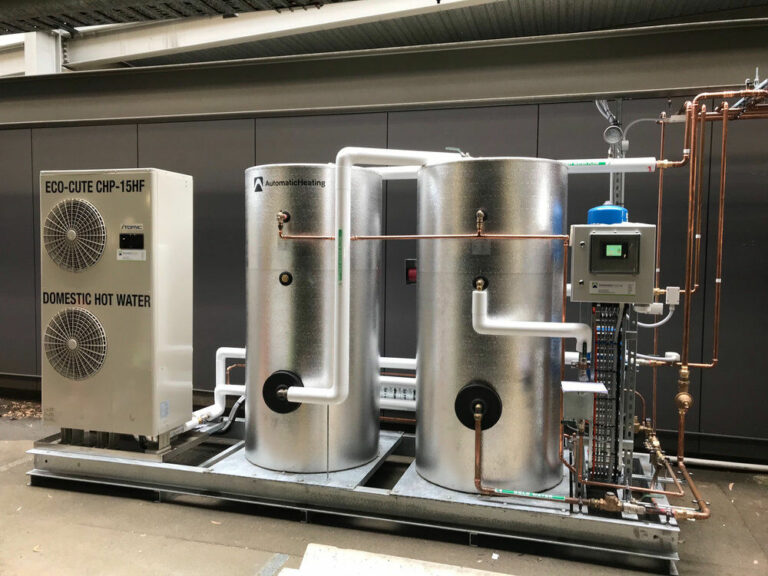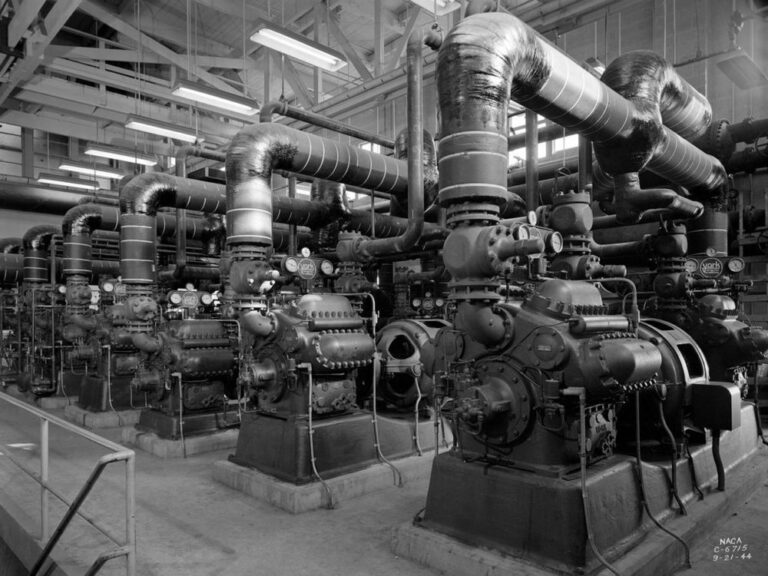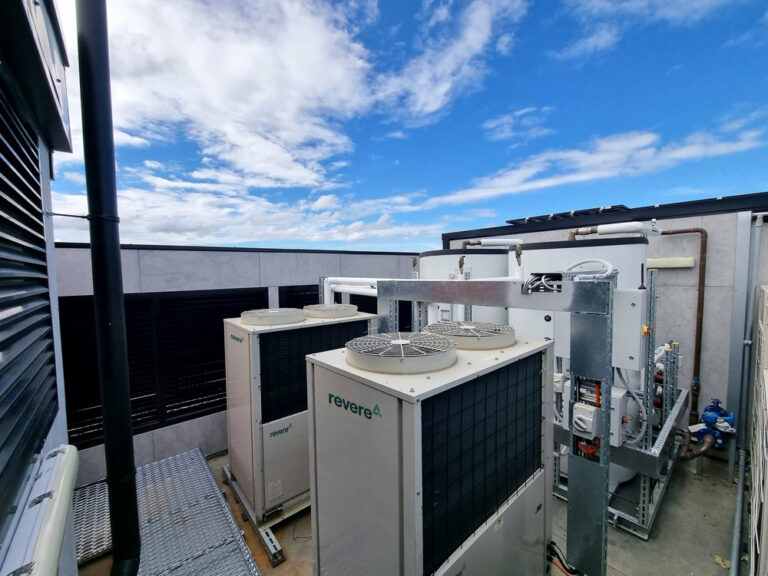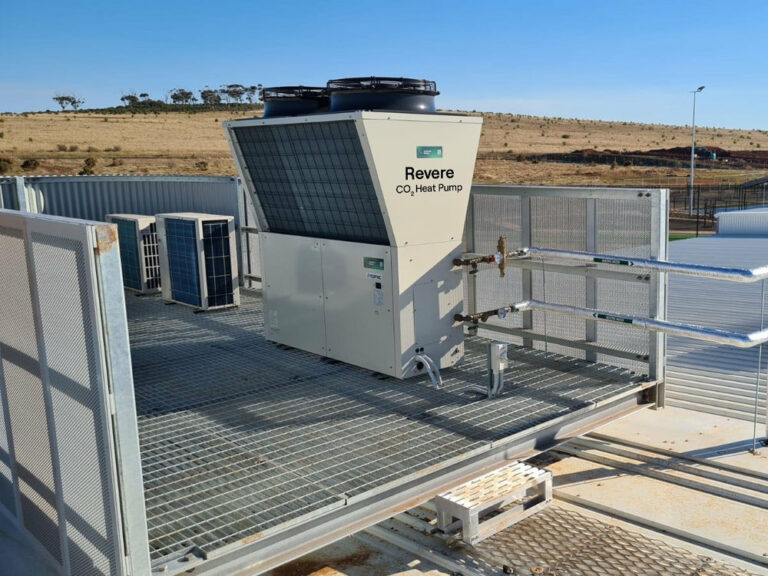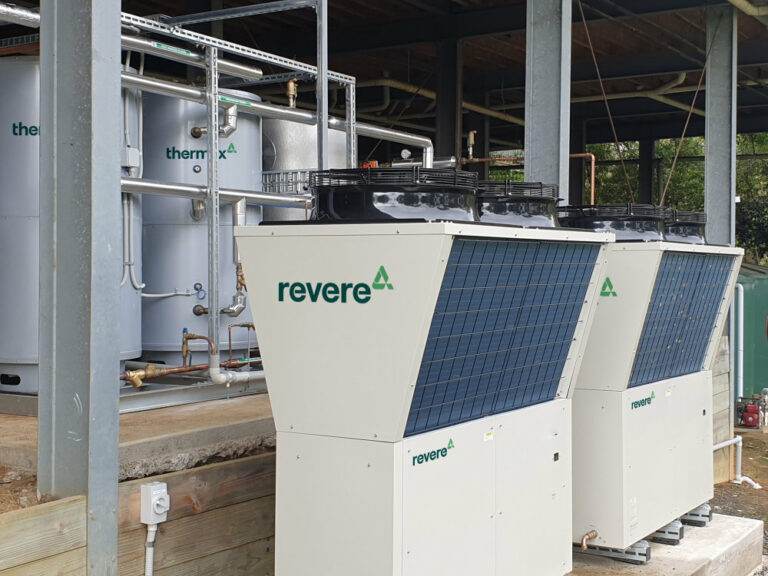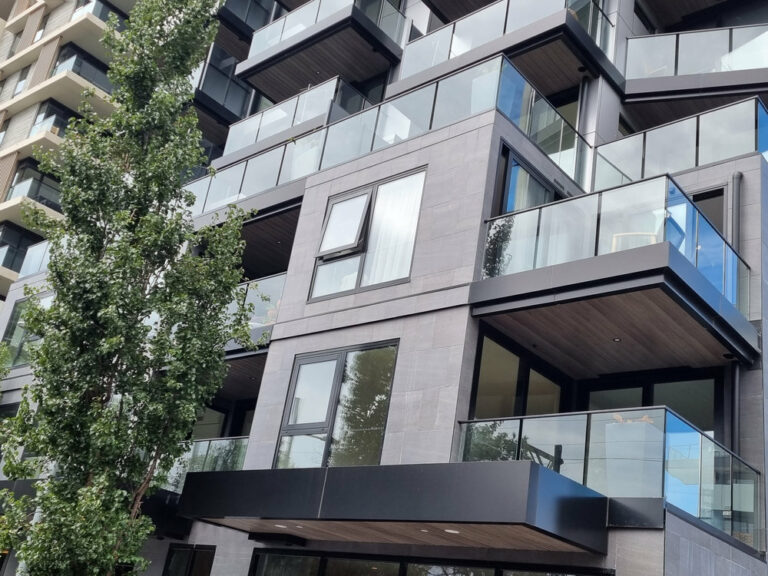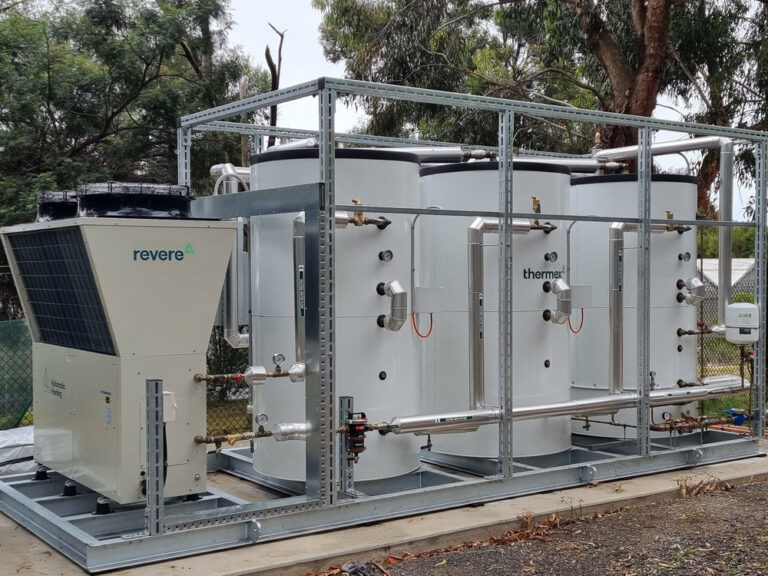Buildings contribute about a quarter of the country’s total emissions and, compared to other industries, they provide the most attractive opportunities to drive down this number. Emissions from heavy industries including container shipping, aviation, cement, steel, and chemical manufacturing are hard to abate with the current technology. On the other hand, even without technological breakthroughs, buildings can lessen emissions by up to 50% by implementing measures such as improving the efficiency of building systems, increasing the use of solar photovoltaic panels, fuel switching, and electrification.

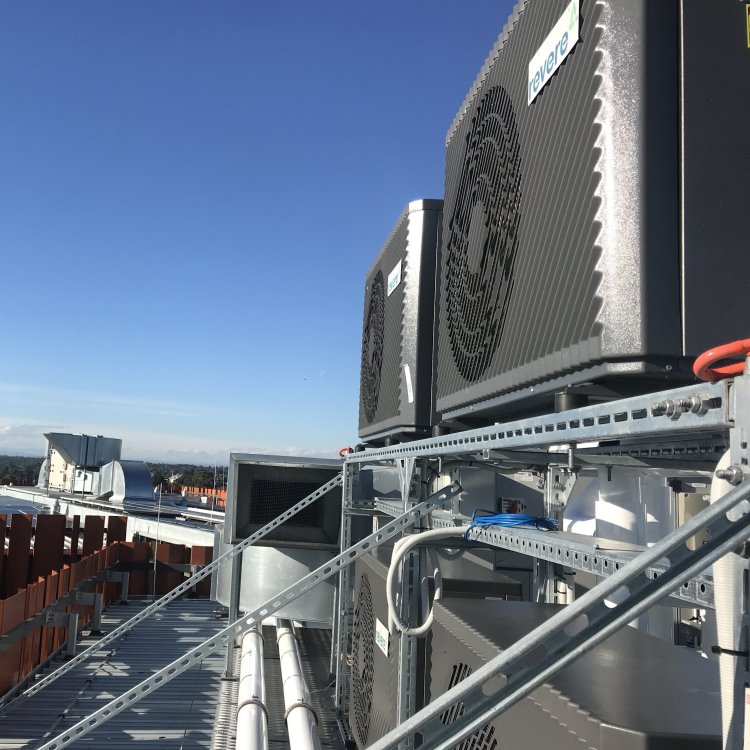
Fortunately, Australia’s built environment seems to be going in the right direction. In a survey conducted by the Property Council of Australia in 2022, it was found that more than 90% of the country’s largest developers and property companies have targets of net zero emissions by 2030 or earlier. In addition, among the ASX200-listed real estate companies being tracked by Climateworks Centre’s Net Zero Momentum Tracker, 14 out of 20 have net zero targets as of December 2022.
To lead the sustainable movement in the country, the Australian Sustainable Built Environment Council (ASBEC) was established to serve as the peak consultative body of local, state, and industry key players in the built environment. Composed of different professional associations, non-government organisations, and government observers involved in the planning, design, delivery, and operation of the built environment, ASBEC aims to achieve nationally-uniform green development guidelines in order to minimise ecological impact, improve economic returns, and expand the public benefit of building developments in Australia.
What is the pathway to sustainability in the built environment?
ASBEC’s recent report released in December 2022 finds 100% electrification is the key to decarbonising the built environment. The study modelled and compared three decarbonisation pathway scenarios:
- 100% electrification;
- A combination of electrification and green hydrogen; and
- A combination of electrification, fossil gas, green hydrogen, and carbon offsets;
Among the three, 100% electrification was found to be the least cost and fastest pathway to decarbonise the built environment, assuming that the cost of renewable electricity continues to fall with continued technological improvements. If enforced, it is estimated to deliver a $49 billion benefit to the economy and emit 244 metric tonnes of CO2 less than the third scenario.
In the second scenario, the problem with using green hydrogen is that, with the current technology available, it is expensive to produce and impractical to use for heating purposes. Without any technological breakthrough, it is more cost-effective to use electric-powered heating devices like heat pumps.
In the third scenario, the problem with carbon offsets is that they are inherently unsustainable. Carbon offsetting involves investing in carbon-positive activities like land restoration or planting of trees elsewhere to offset an equivalent amount of emissions produced.
However, these schemes are not foolproof. For example, a newly-planted tree can take decades to capture the amount of emissions that it is expected to capture. There’s also a risk that this tree will die of drought, wildfire, or deforestation in the future. According to a study by Ernst & Young Global Limited, the cost of nature-based offsets is projected to rise up to 800% of its current cost in 2022 because of the increasing demand and limited supply. Hence, offsetting will need to be allocated to heavy industries that are hard to abate.
For the built environment, the least cost abatement is through electrification, considering that the renewable energy generation is expected to rise to 83% in line with AEMO’s 2022 Integrated System Plan. According to the Green Building Council of Australia’s Climate Positive Roadmap, in order to maintain our trajectory towards meeting our international emissions reduction commitments, all new buildings must use 100% renewable electricity by 2026, and all existing buildings and fitouts must meet the same requirements by 2030. This means that fossil gas will have a rapidly declining role in the built environment and that efficient heat pumps powered by renewable electrical energy will be the future of this industry.
To learn more about carbon-neutral heating, check out these resources; or for our full guide to sustainable heating, visit A Guide to Sustainable Heating in Australia.
Sustainability & Electrification FAQ
Carbon offsetting is a way to compensate for the greenhouse gas emissions that an individual or organization produces. This is typically done by investing in renewable energy or other projects that reduce carbon emissions, such as reforestation or energy efficiency programs. The goal of carbon offsetting is to balance out the emissions that cannot be reduced through other means, helping to combat climate change and reduce the overall level of carbon dioxide in the atmosphere.
Green hydrogen is hydrogen that is produced using renewable energy sources, such as wind or solar power. This is in contrast to “gray” hydrogen, which is produced using fossil fuels such as natural gas. Green hydrogen is considered to be a clean and sustainable source of energy, as it does not produce any greenhouse gas emissions during production. It can be used as a fuel for transportation, heating, or generating electricity, and is seen as a key component of the transition to a low-carbon economy.


